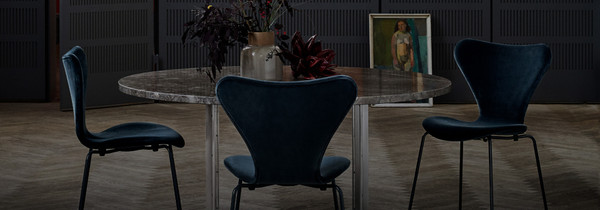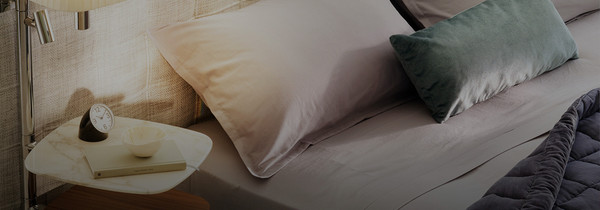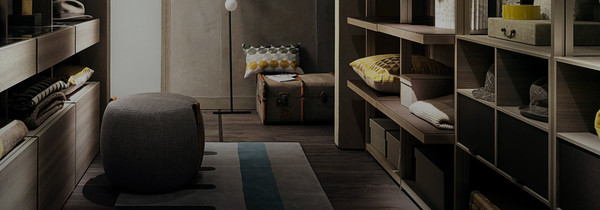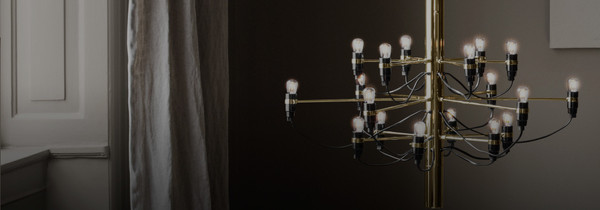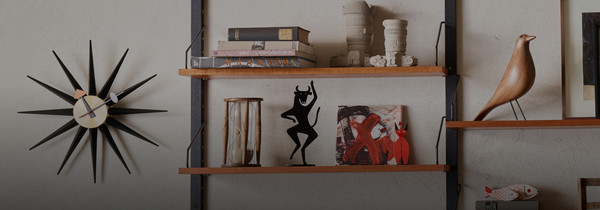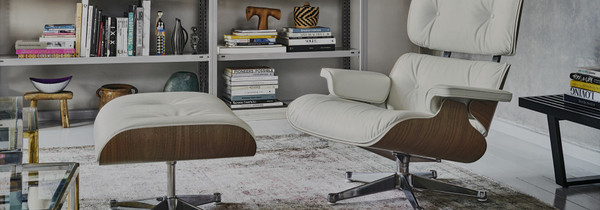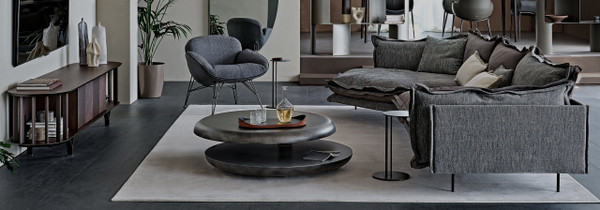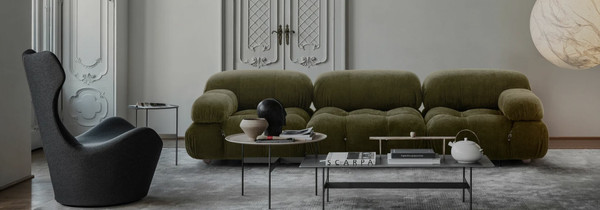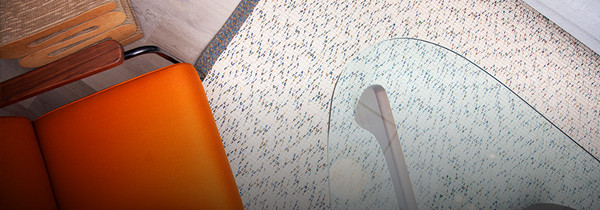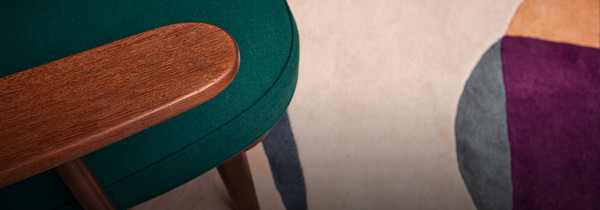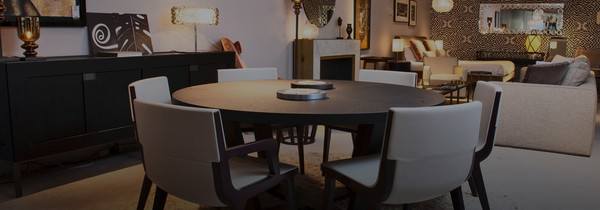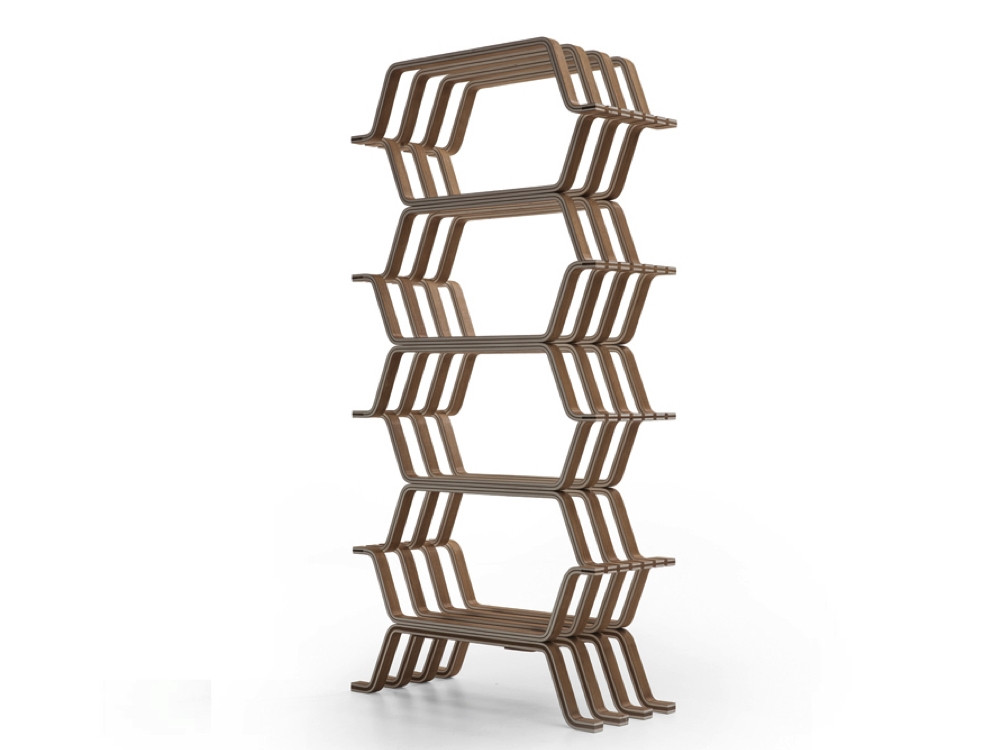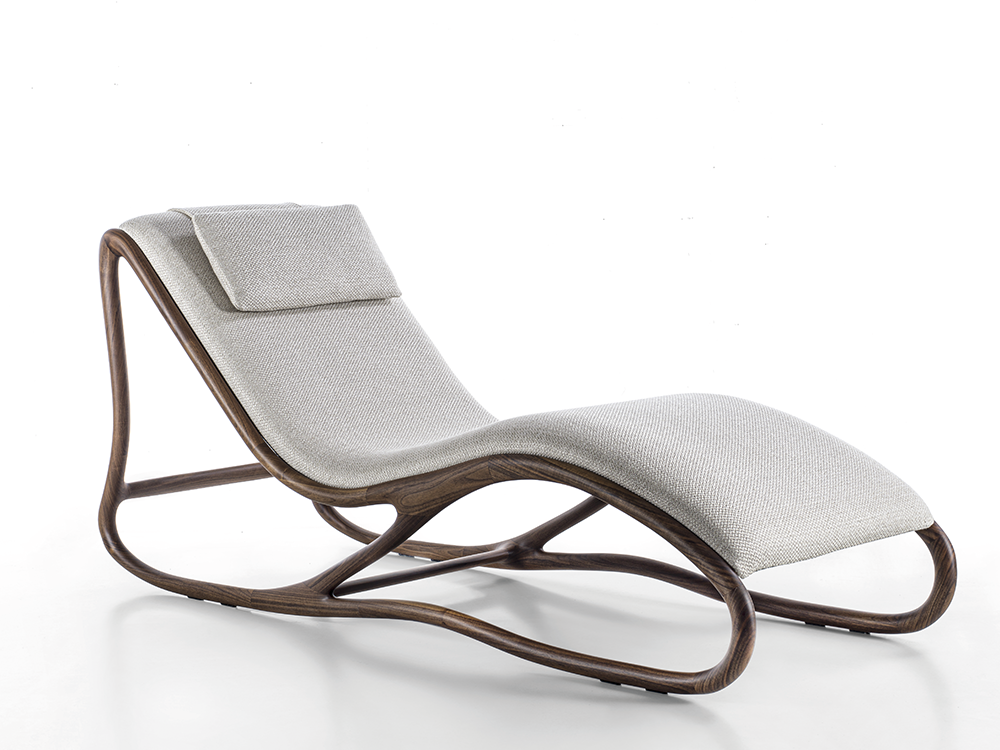Bending the Rules
Bending the Rules
Look at a collection of modern bentwood furniture and the powerful link to the story of 20th century design might not seem so apparent. But bentwood is woven into the very fabric of 20th century furniture development, and timber pieces that are folded, streamed, twisted or moulded are an unusual way to pay homage to the progression of contemporary furniture design, as well as human creativity and ingenuity.
The tale of bentwood furniture began with the innovation of steam bending furniture, which allowed for greater flexibility, developed by Austrian cabinetmaker Michael Thonet in the mid 1800s. His ground-breaking designs were simple, functional, lightweight and strong as well as elegant and curved, with a fluid, organic feel that could be produced en masse.
214 Dining Chair by Thonet
From here, bentwood furniture continually evolved throughout the 20th century as designers experimented with new forms and materials, and the practice became a hallmark of modern design for its simplicity, organic forms and adaptability. As technology advanced, so did the methods for manipulating wood, throwing open the door for more complex and diverse designs.
The concept of bending wood in furniture was given a more natural approach from the 1920s by Scandinavian designer Alvar Aalto, who combined laminated wood with bending techniques to create flowing forms that balanced functionality with warmth, a dramatic departure from traditional rigid forms. Bauhaus master, Hungarian-German architect and designer Marcel Breuer was an influential figure in the bentwood legacy, playing a major role in advancing bentwood techniques into the modernist realm. From the 1920s Breuer used steel tubing to mimic the curves of bentwood furniture, melding the flexibility and fluidity of bentwood with the minimalist, geometric aesthetic of modernism.
Embracing forward-thinking techniques in moulded plywood, American design duo Charles and Ray Eames also advanced modern bentwood furniture in the mid-20th century. Exploring how bent plywood could be used to create ergonomic, hyper- comfortable shapes, their pioneering 1945-designed LCW (Lounge Chair Wood) and 1956 Eames Lounge Chair transforming bentwood seating into pieces of modern, functional art objects, marrying technology and organic form (and creating everlasting symbols of mid-century modern design).
Another notable name in the bentwood furniture story are the minimalist and finely crafted chairs of Hans Wegner – namely his instantly recognisable 1949 Wishbone Chair with its gently curved backrests, steam-bent signature details add both visual lightness and structural support as well as world-famous character.
Heavenly Design
Shrimp Lounge Chair by COR
"If you obey all the rules, you miss all the fun" - Katherine Hepburn
Transcending traditional timber and steam, today’s bentwood has evolved into a blend of artisanal skill, innovation and a sense of history that resonates in both new and classic designs. From its 20th century origins to its role in the contemporary home, bentwood furniture has continuously developed and inspired, embracing advanced technologies and – more recently – sustainable practices. Its ever-appealing elegance and minimalistic use of materials, coupled with its inherent strength makes it an admirable balance of function, artistry and utility, representing the design world’s technological prowess and old-school beauty and elegance.
Thonet Image Archive
Life outdoors doesn't need much to feel spectacular. But if it’s an ethereal Eden you’re after, then a little lighting can go a long way. From portable solar lanterns through to thoughtfully-placed wall lights, our selection of outdoor lighting solutions will help extend your soirées into the small hours. Delve into our favourites, here…
Need help planning your interior?
Then why not come in-store and discuss design? Our friendly experts will listen attentively and think creatively; helping you to find the right solutions for your home. Book an appointment direct. Or drop us a line with details of your project, below.










